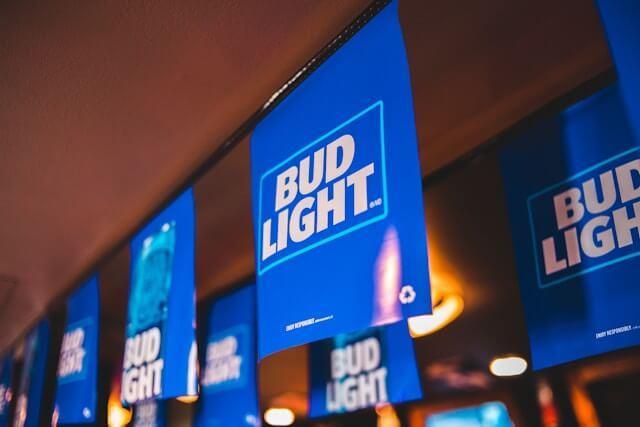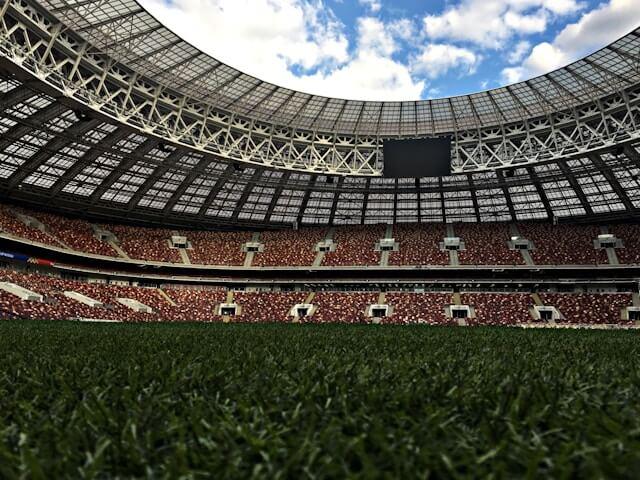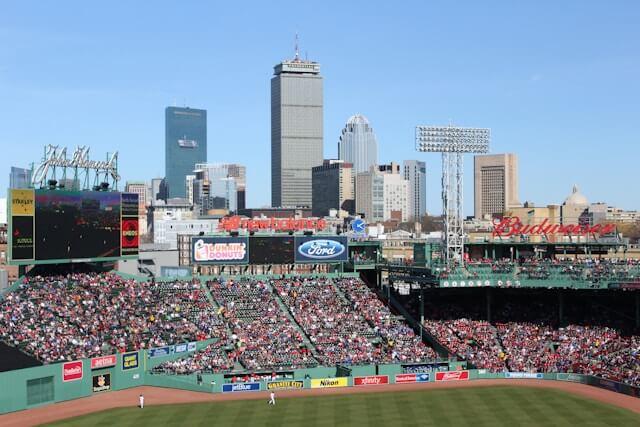
The data tells an interesting story about Bud Light's recovery efforts. When a brand hits a rough patch, we're all curious - how do they climb back?
Bud Light's journey since their 2023 Dylan Mulvaney partnership controversy offers a fascinating window into brand recovery – and the numbers we've been tracking reveal some interesting patterns worth exploring.
Measuring the Impact
Let's start with what our data showed when the controversy hit. The numbers weren't pretty:
In the U.S., the campaign registered just 16% impact on purchase consideration – well below our activation average of 42%
Canadian consumers responded even more negatively with only 14% impact compared to our activation average of 34%
These weren't just small misses – they represented significant underperformance. But here's where it gets interesting: what do you do when the data shows your brand taking this kind of hit?
Their Recovery Playbook
Anheuser-Busch's response gives us plenty to analyze:
Back to familiar territory: They quickly refocused on traditional beer themes – sports, humor, and classic Americana. The data has long shown these themes resonate with their core audience.
Smart personality choices: Their 2024 Super Bowl strategy featured Shane Gillis, Post Malone, and Peyton Manning – figures who connect strongly with their target demographic. This wasn't random; it was a calculated move to rebuild relationships.
Core demographic reengagement: That multi-year UFC sponsorship? Our analysis shows it was perfectly positioned to reconnect with their primary consumer base. When we measure audience alignment scores, this partnership makes perfect sense.
Bold investment approach: Rather than cutting marketing spend (the typical crisis playbook), they actually increased investment. Our historical tracking shows this counter-intuitive approach sometimes yields faster recovery when executed well.
What the Trend Lines Show
We've been tracking Bud Light's sponsorship performance with a major sports property since before the controversy, giving us a clear picture of the recovery path. Below represents Bud Light’s sponsorship performance with a leading North American sports property:
In the United States:
2023 (Before controversy): 36% favorability
2024 (After controversy): 26% favorability (a significant 9% drop)
2025 (Recovery phase): 30% favorability (climbing back with a 4% improvement)
Looking at Canada:
2023 (Before controversy): 44% favorability
2024 (After controversy): 31% favorability (an even steeper 13% decline)
2025 (Recovery phase): 38% favorability (a stronger 7% bounce back)
While not at pre-controversy levels, the data points to a recovery trajectory, with the Canadian market rebounding more quickly. And we've just seen them announce becoming the Official Beer of the CFL in May 2025 – a move that aligns perfectly with the strategy that's showing positive results in our numbers.
Sign up for the monthly SponsorPulse Newsletter to stay on top of sponsorship insights:
Recovery Lessons Worth Noting
What can other brands learn from this data story? A few key insights stand out:
Know your core audience: The metrics show that maintaining relationships with your loyal customer base should come first. Bud Light learned that expanding to new audiences works best when your core consumers still feel valued.
Recovery takes time: The data reveals steady improvement, but it's happening quarter by quarter, not overnight. Our tracking shows this pattern is typical for brand recoveries – patience and consistency are key.
Build from your strengths: When we look at where Bud Light's metrics improved fastest, it was in areas where they already had strong brand equity – particularly sports partnerships.
Let data guide your decisions: The regional differences in our metrics (with Canada recovering faster than the US) allowed for market-specific strategies. This kind of granular insight helps brands allocate resources more effectively during recovery.
The Road Ahead Looks Promising
There's evidence that Bud Light's strategy is working. What's particularly interesting from a measurement perspective is how they've transformed a significant challenge into an opportunity to strengthen their core brand positioning.
Their continued investment in sports sponsorships (like the recent CFL deal) shows they're doubling down on what the data is telling them works. For brands facing similar challenges, there's a clear lesson here: when you combine patient, consistent execution with careful measurement of what's working, recovery isn't just possible – it's predictable.
Want to see how your brand partnerships are really performing beneath the surface? SponsorPulse gives you the measurement tools to understand what's working, what's not, and where to invest for maximum impact. Let's talk about how we can help you make more informed decisions.


